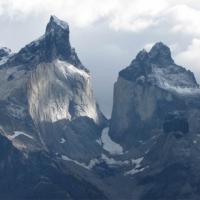The Holbrook Explorer

Bucket List: Patagonia
Bucket List: Patagonia
In southern Chile and Argentina, Patagonia’s wild, open frontier includes fields of glaciers, jagged Andean peaks, deep-blue fjords, and glacial waterfalls. Find out more about this captivating landscape and some of the region's highlights to add to your travel wish list.
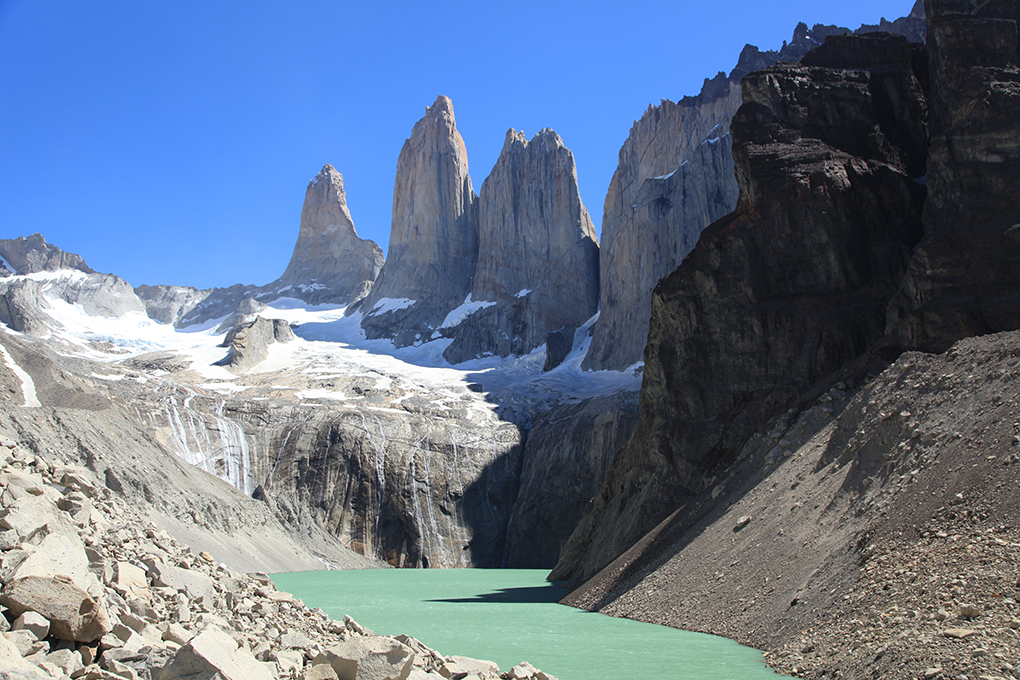
Photo by Liam Quinn
Torres del Paine National Park
Paine, in the native Tehluelche language, means “blue.” This describes everything from the brilliant sky to the snow-capped mountains that soak up the hue of the surrounding skies and water. The Torres del Paine are made up of the three granite peaks of the Paine mountain range and while in the park you will also encounter lakes, valleys, and rivers that weave between these enormous Chilean masses.
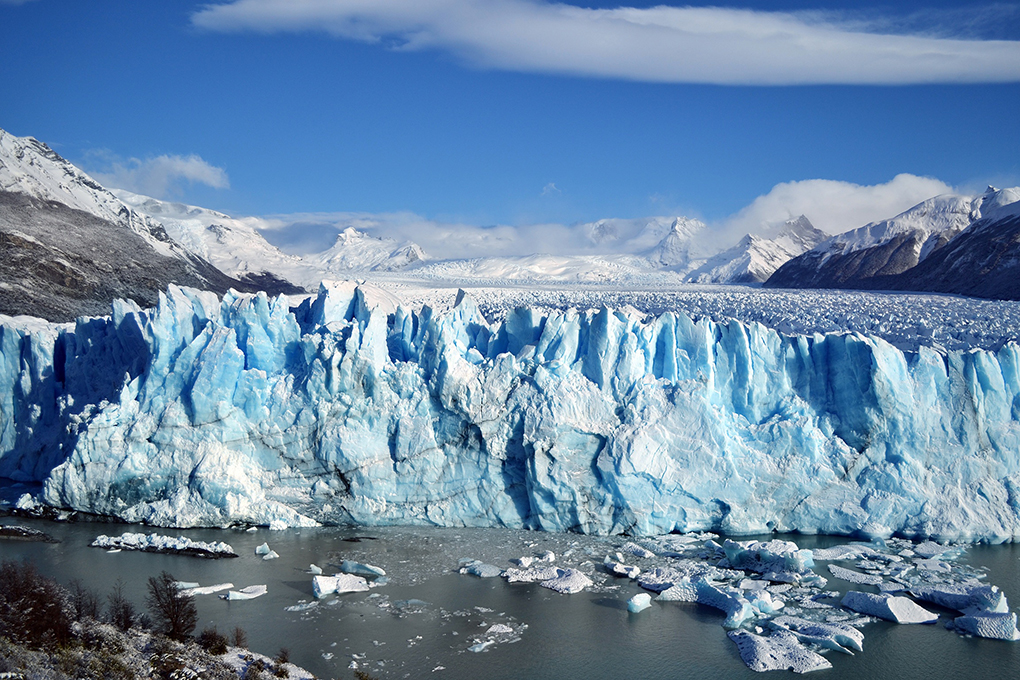
Photo by Bruno Camargo
Los Glaciares National Park
While the previous park resided in Chile, the Los Glaciares National Park is a protected area within Santa Cruz Province, Argentina. The park gets its name from a massive ice cap within the Andes mountain range feeding 47 sizeable glaciers accompanied by 200 smaller glaciers independent of the ice caps. On the southern end of the park is the Glaciar Perito Moreno, famous for its mysterious movements that cause it to shed sheets of ice from its exterior. On the northern side, the Monte Fitz Roy mountain provides shelter for the village of El Chalten and also provides the perfect wonderland for trekkers and explorers looking to venture to the granite peaks of the tallest mountain in the park.

Photo by Cynthia del Rio
The Wildlife
The fauna of Patagonia is made up of unique, magnificent, and sometimes endangered animals that are worth seeking out on your visit. The elusive Patagonian pumas were once intensely hunted and now protected by the government so that they can continue to prowl within the tall grass of Chile. Sea lions also benefit from official protections and bask atop the rocks of Chilean islands. Horses roam as a product of Spanish settlement and a breed called the criollo, once used for herding livestock, now dances among the Patagonian plains. Right whales, crested carcaras, guanacos (wild llamas), and the Patagonian fox finds a home within the landscape. Even penguins can be found hiding in the Magdalena Island in Patagonia, and elephant seals dot the Ainsworth Bay shoreline.
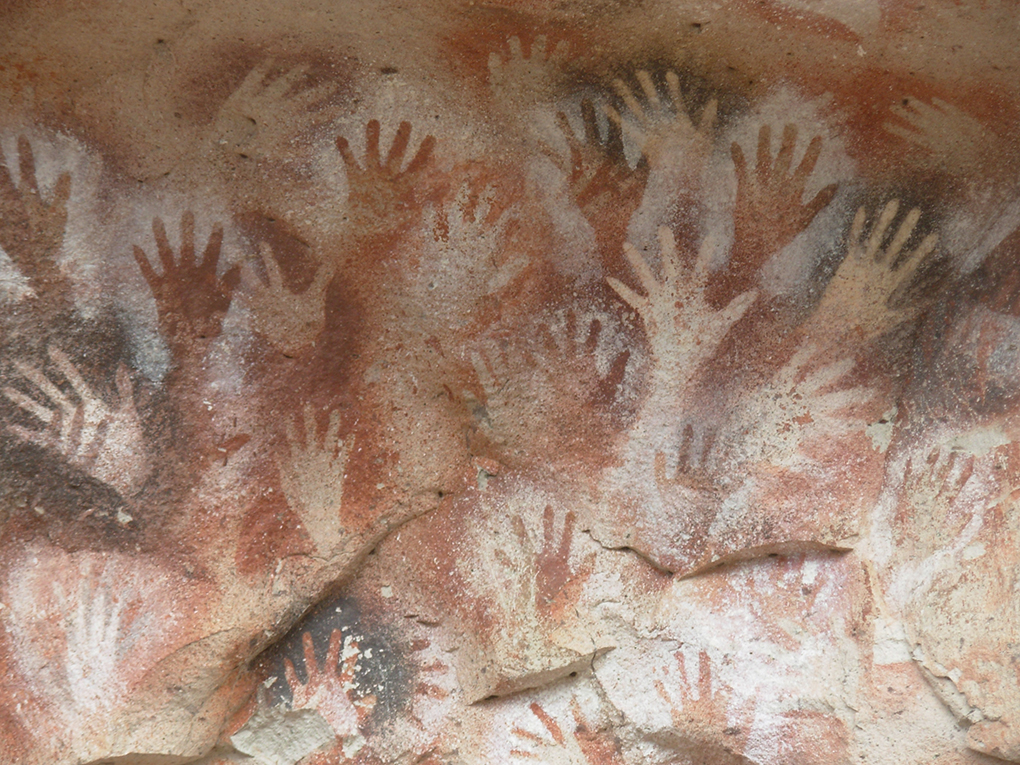
Photo by Maxima via Wikimedia Commons
The Culture
Indigenous peoples are made up of the Tehuelches and the Mapuches. While the Tehuelche society was drastically reduced after the Europeans invaded the land, the Mapuches continue to leave their mark through agriculture and advanced technology. Relics of indigenous people can still be seen today in places like the Cueva de las Manos, caves featuring wall paintings and ominous hand prints from the people of that time. Early European explorers first believed indigenous Patagonians were giants due to their above-average height, mirroring the mystical strength and dominance of the atmosphere as a whole.
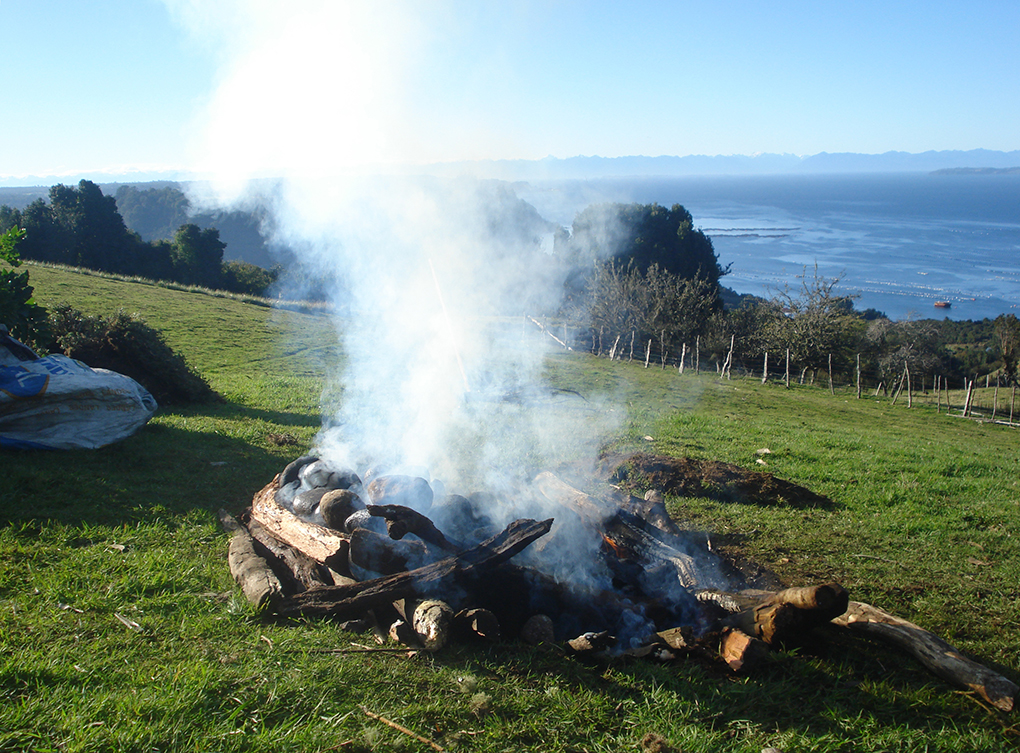
Photo by Lin Linao
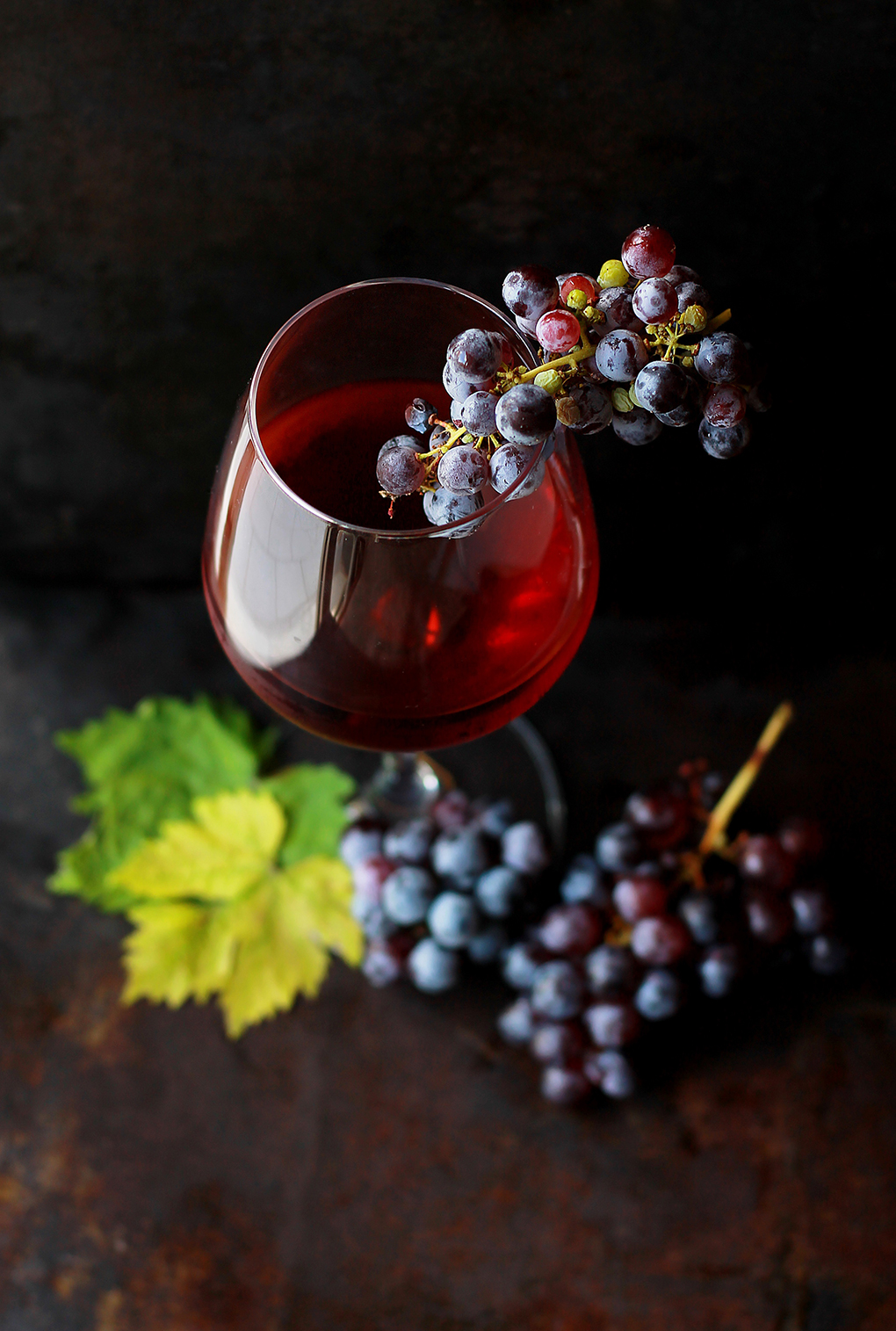
Photo by Roberta Sorge
Food and Drink
Patagonia is home to a luxurious array of fine cuisine and high-quality wine and beverages. Delicacies include lamb and lamb chops along with seafood such as crustaceans and crabs with saffron sauce served in crepes, as well as the “tooth fish” slathered with lemon and butter sauce. One dish, directly influenced by the Mapuche, is called the Curanto or “hot rock.” Meats and vegetables are cooked over hot stones placed in a hole in the ground. The mussels, sea urchins, crabs, oysters, sausages, and even chicken is covered with soil and grass to cook and then served with potatoes or milcaos.
In addition, their wines are influenced by European practices and are a product of the cool climate and higher altitude that Chile possesses over some other quality vineyards. Wines include the Cabernet Sauvignon, Malbec, Merlot, Pinor Noir, and whites such as Chardonnay and Sauvignon Blanc. Chile’s national drink, the pisco sour, is an exciting concoction that combines grape brandy, lemon, sugar and sometimes even an egg white! As you can see, the food and drinks in Patagonia are just as exciting as the adventures the land has to offer.
Patagonia is made up of the most dream-like landscapes, wild animals, rich culture, and spectacular cuisine. Make a point of experiencing it all for yourself and embark on a journey that will help you achieve all of your ultimate travel goals.

